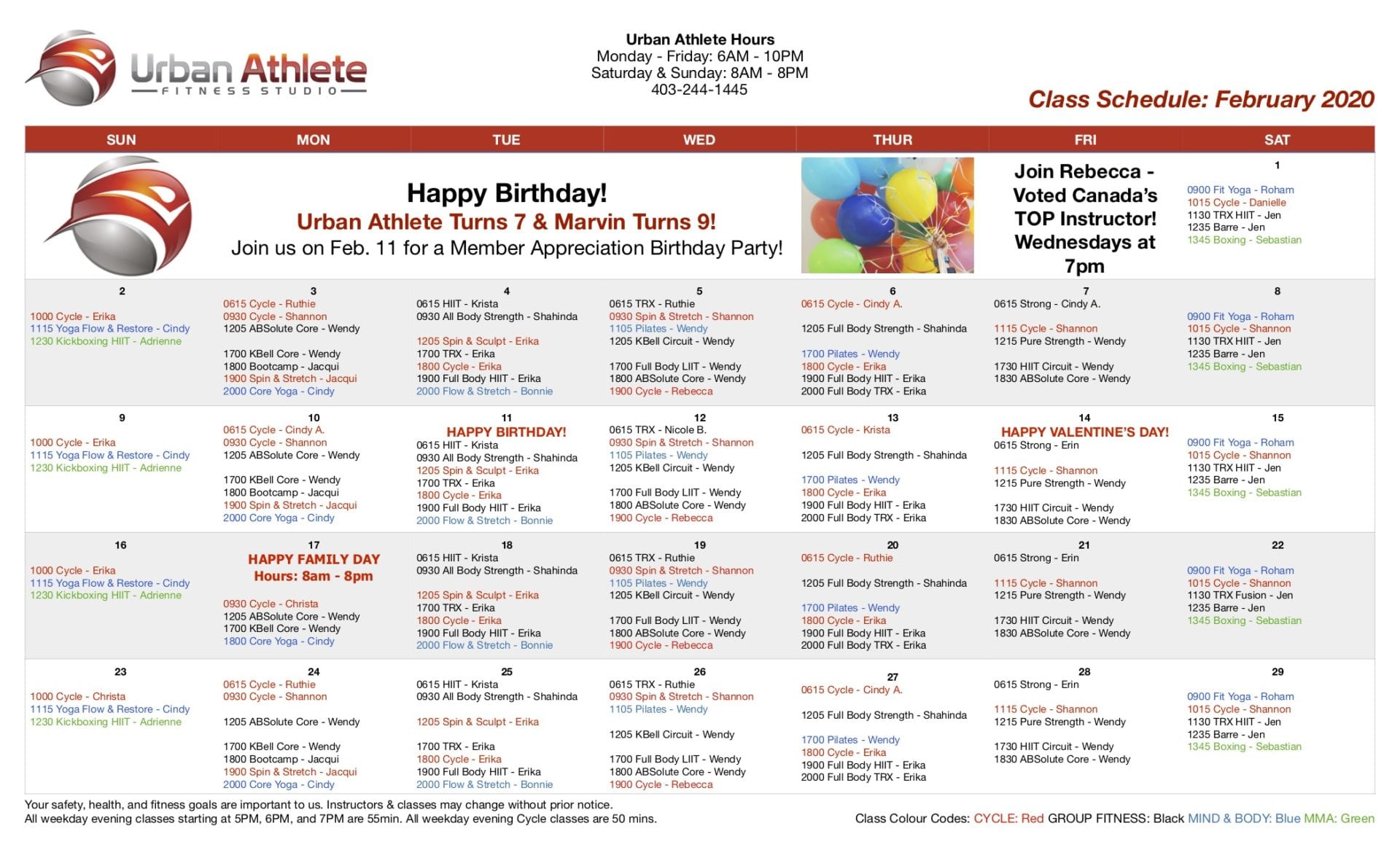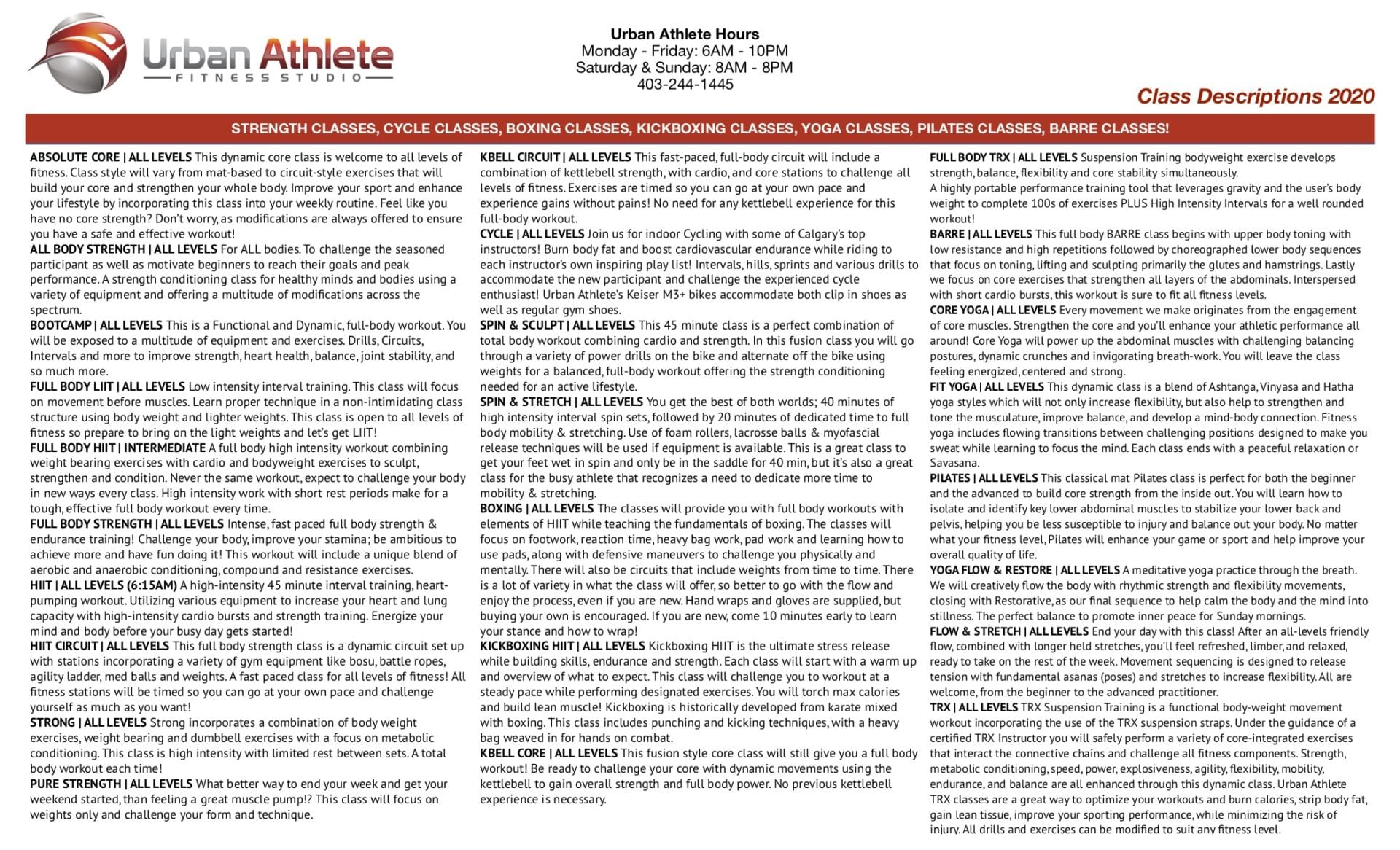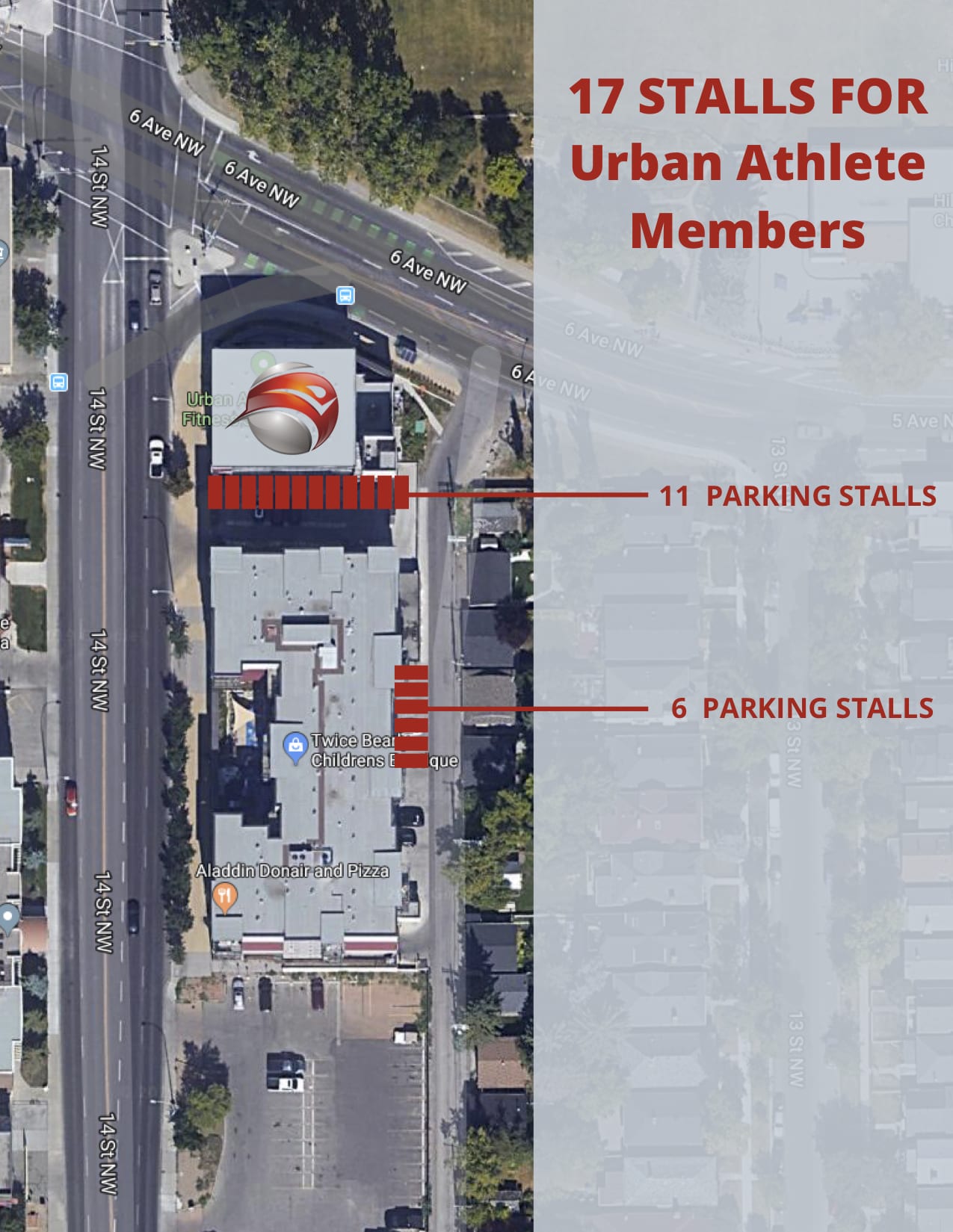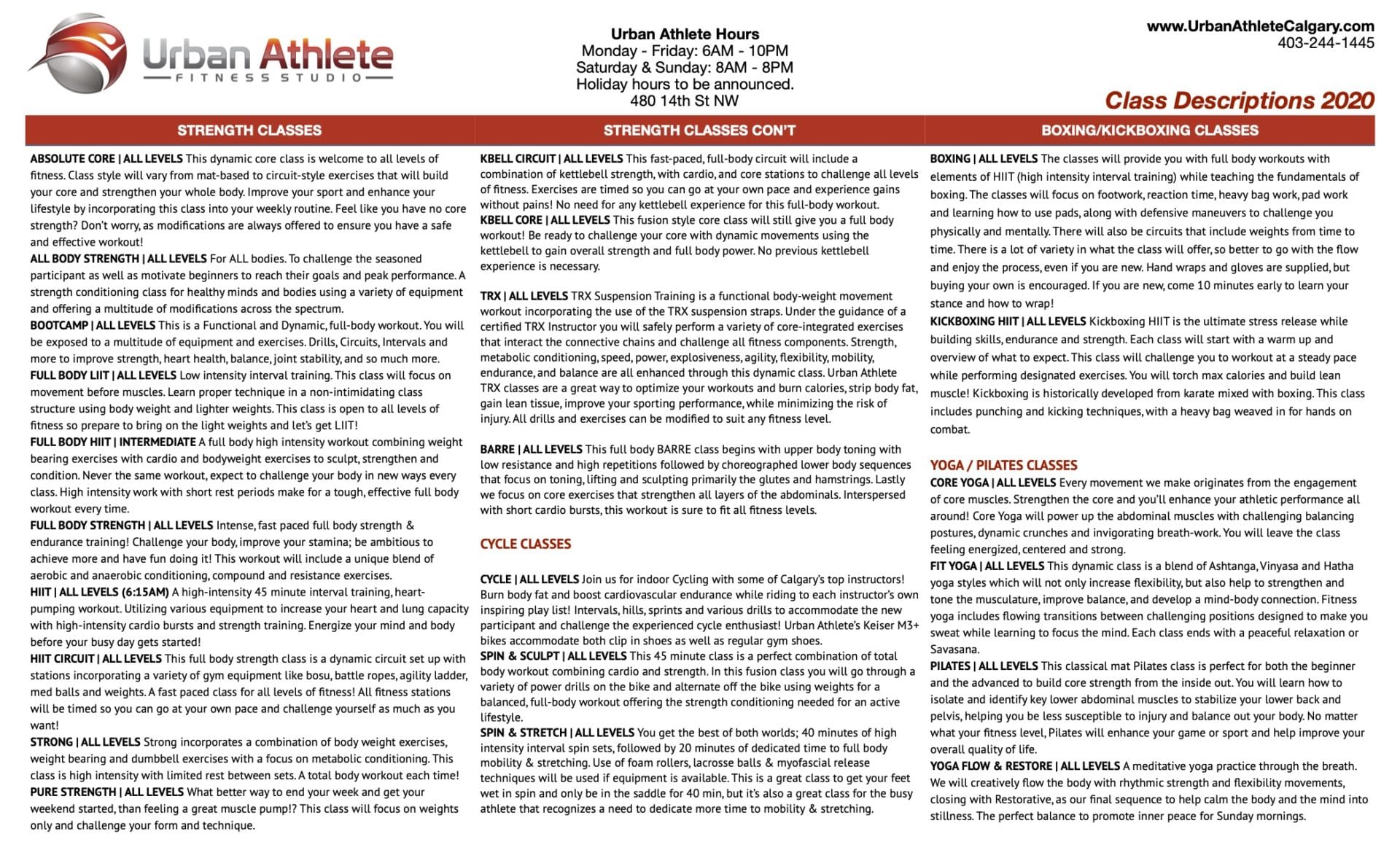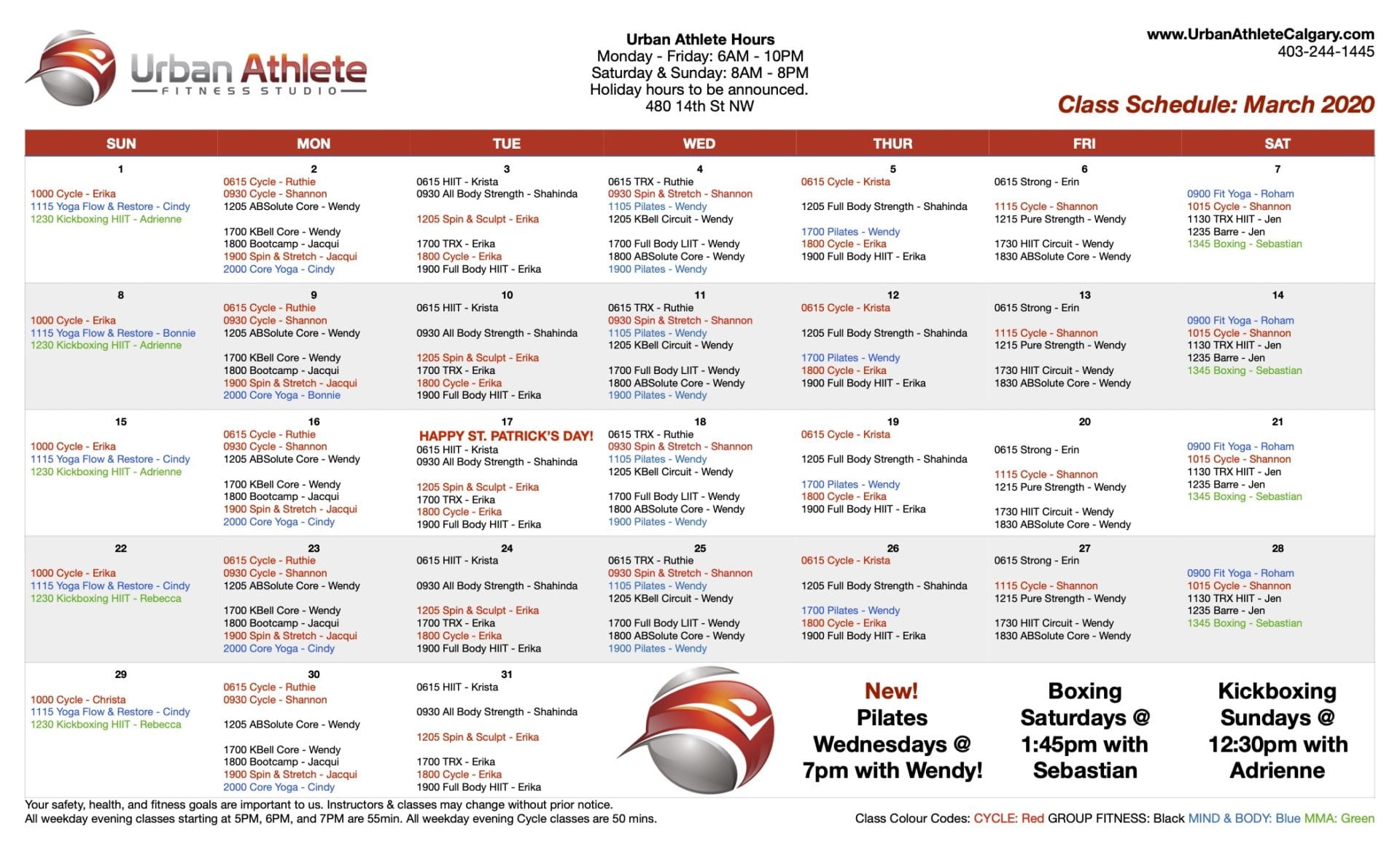Nine Ways to be Mindful on How You Eat
Do you ever notice that you eat the same thing day in and day out, without really paying attention to how or why you are eating? Have you ever felt overstuffed, or finished a large popcorn at the theatre just because it was there?
These are questions that I explore with my clients in my practice.
Registered dietitians often give advice about healthy foods and portion sizes; however, we also help people improve the way they think – or don’t think – about food.
Mindless eating occurs when you consume food without really focusing on the act of eating. It is often eating in the absence of actual hunger, at a rapid rate and even past the point of fullness. On the other hand, mindful eating is paying attention to an eating experience with all your senses. It is witnessing, without judgment, the emotional and physical responses that take place throughout the eating experience.
With busy schedules and chaotic lives, mindless eating is certainly not uncommon. Here are some tips that I share with my clients to help them end mindless munchies:
1. Shift out of autopilot eating and start tracking
Try tracking what you eat and drink in a non-judgmental way. Keep a journal using a tool that suits you (write down your intake on paper, use an online tracker or app, or even take pictures of your foods). If possible, note any thoughts or feelings associated with eating. Tracking can help you bring awareness to your munchies and note triggers for mindless eating, both of which are helpful for making positive changes to your diet.
2. Make the healthy choice the easy choice
You are more likely to consume vegetables and fruits if they are in your home and easy to eat. Same goes for chips and chocolate – if they are there, you are more likely to eat them. Remember that mindful eating is not about categorizing foods into what’s “good” and what’s “bad,” but it is about choosing foods that are pleasing and nourishing. Make healthy eating easy and enjoyable.
3. Buy smaller plates (and smaller cutlery)
Use smaller plates and your meal sizes will shrink. Choose smaller forks and you will shovel in less at a time. Brian Wansink, the Cornell University researcher and author of the book Mindless Eating, has shown time and time again that size matters. Our plates, cutlery, wine glasses and even popcorn bowls determine how much we eat.
4. Eat when you are eating
Don’t drive when you are eating, work when you are eating, watch TV when you are eating or stand at the fridge when you are eating. Simply sit and eat. Meal time is not the time for multitasking. Distracted eating often leads to overeating.
5. Take 5 (breaths, that is)!
Deep breathing instantly calms the body and brings you into the present moment. Take five deep breaths before each meal to prepare your body and your mind for what’s to come.
6. Commit to slowing down
Do you truly taste your food? Have you mastered the five-minute meal? Not only does it take time for your body to tell your brain you are full, but it is hard to pay attention to the eating experience when you are in scarf-mode. Aim to take 20 to 30 minutes to eat a meal. Try eating with your non-dominant hand, using chopsticks or put your fork down between bites.
7. Savour each bite
Tune into your senses! See the colours on your plate, smell the aromas, listen to what you hear as you eat, taste the flavours and note the changes in texture as you chew. Engaging each of your senses can make your eating experience magical – not to mention, you may be satisfied with less.
8. Mindfully check in
Before, midway and after your meal, take a moment to rate your hunger on a scale of 1 (ravenous) to 10 (overly stuffed). Aim to stop eating at around 6 or 7 – you are satisfied, not full. Also check in to any thoughts or feelings that arise as you eat. Observe without judgment.
9. Adopt an attitude of gratitude
Acknowledge the time and effort put into preparing your meal. Give thanks for the ingredients and the process that transforms them into an enjoyable dish.
Casey Berglund is a Registered Dietitian, Certified Yoga Teacher, and spokesperson for Dietitians of Canada, from Calgary, Alberta. She is on a mission to help people ditch the all-or-none and eat for fuel, flavour, and fun. For more information, head over to www.worthyandwell.com and join the conversation. This article was originally published on Monday, June 9, 2014 in The Globe and Mail | Health Advisor


